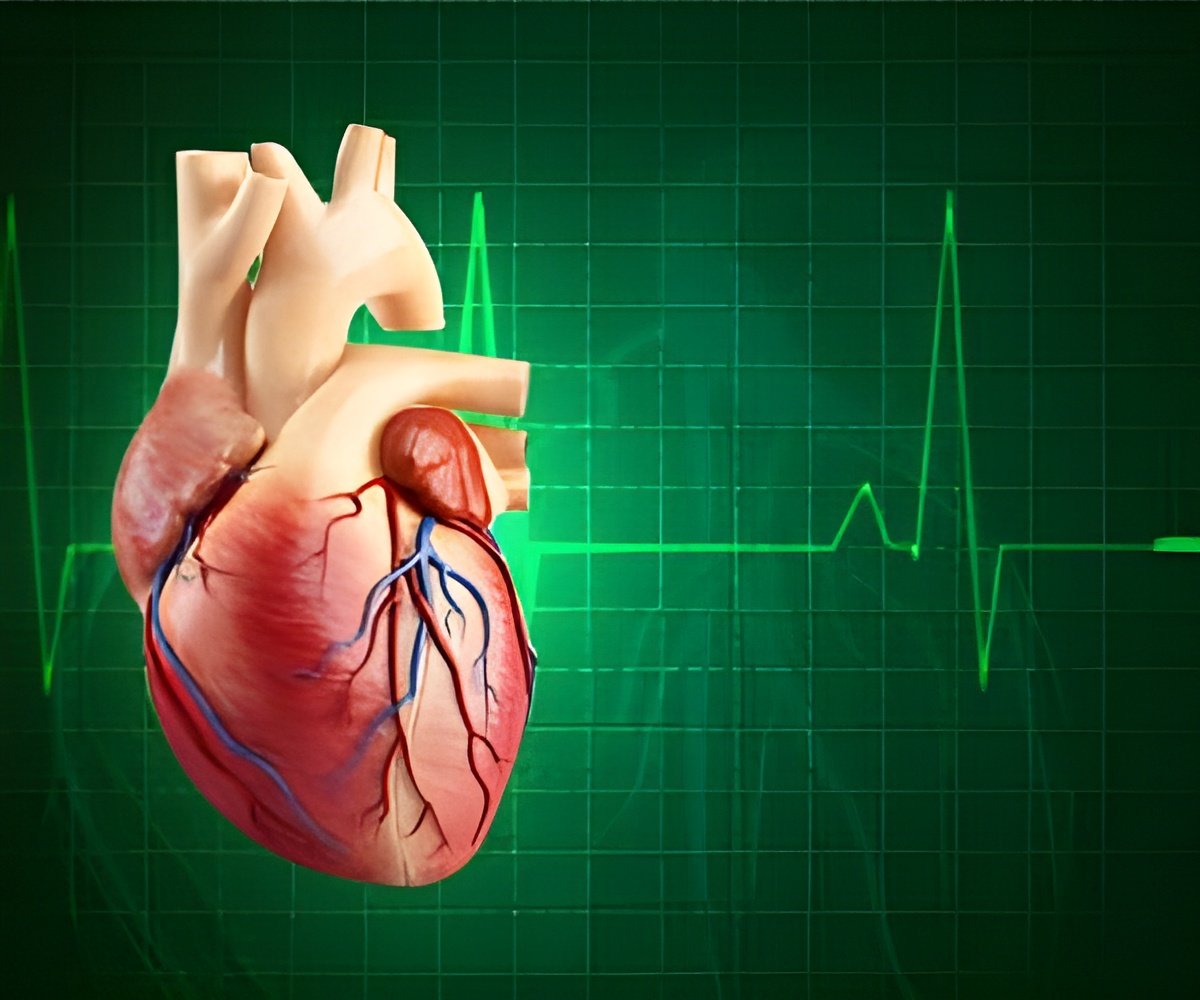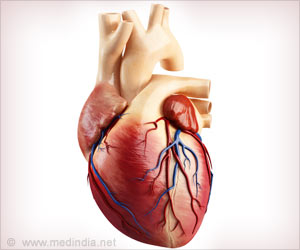Football is associated with changes in heart structure and rhythm and increased risk of cardiovascular disease. Football players are more than five times as likely to have a heart rhythm disorder, such as atrial fibrillation (AFib), compared with the general public.

‘According to this research, playing football can make the heart beat too fast that it can result in heart rhythm disorder. It also increases the risk of developing cardiovascular diseases.’





In a separate study, freshman collegiate football players showed significant structural changes to the heart, including enlargement of the aortic root after just one season of play. The increased size of the aortic root is a new finding and one for which the clinical significance remains unclear. "We know that sporting activity increases longevity and has multiple benefits for the cardiovascular system, but our findings seem to suggest that perhaps when you get to the extreme ends that we see in these elite athletes, there may be a negative impact on the heart," said Dermot Phelan, MD, PhD, and director of the sports cardiology center at Cleveland Clinic, who led the study focused on former NFL players. "Players should not assume that leading a healthy lifestyle in terms of regular exercise means that they’re immune from developing cardiac problems and, in fact, they may be at higher risk for things like atrial fibrillation."
Phelan and colleagues conducted a cardiovascular screening of 460 former NFL players that included an electrocardiogram, echocardiogram, blood tests and a cardiovascular history questionnaire. They compared the results to a sample of 925 people from the general public with similar demographics to the NFL cohort in terms of age and race.
After controlling for blood pressure, body mass index, age and race, researchers found NFL players had a 5.5-times higher likelihood of AFib compared with non-athletes, as well as other signs of abnormal electrical impulses in the heart. The football players also tended to have a lower resting heart rate than their non-athlete counterparts, which is usually indicative of cardiovascular health but in the athletes’ cases, this may have masked the symptoms of AFib.
"Because they had a low resting heart rate, most of them did not get the rapid heart rate that typically warns people that they have atrial fibrillation," Phelan said. "Most were unaware of it until our screening study. The message is that they need to get regular checkups to be sure they are maintaining a proper heart rhythm."
Advertisement
For the study of college football players, researchers at Emory University performed two cardiovascular tests, echocardiography and vascular applanation tonometry (a study tool that measures vascular function and arterial stiffness), both before and after a complete college football season, in 136 freshman football players and 44 college freshmen who did not play football.
Advertisement
The study results also demonstrated findings observed in previous studies, namely that the football players, particularly the larger lineman position players, tended to develop higher systolic blood pressure, increases in vascular stiffening and thickening of the left ventricle, changes that may be beyond those observed after normal intense exercise training.
"We often think of football players, like all athletes, as the picture of health, but we’re gaining this body of knowledge that signals some maladaptive cardiovascular changes and potentially even early cardiac risk in some of these players," said Jonathan Kim, MD, primary study author, chief of sports cardiology, assistant professor of medicine at Emory University and lead cardiologist for the Atlanta Falcons. "It suggests we need to pay close attention to the heart health of young football players. Also, future studies will need to focus on understanding the clinical significance of our findings."
Kim cautioned that it remains unclear whether the observed changes are detrimental to players’ health and noted there are many factors that are part of the football experience that could contribute to the differences observed in the study.
Both Phelan and Kim said more research is needed to elucidate the underlying mechanisms involved in the outcomes observed in their studies and to determine how their results relate to outcomes seen in other groups of athletes. They underscored the need for football players of all ages to get regular medical checkups to identify any early signs of cardiovascular disease.
Source-Eurekalert














